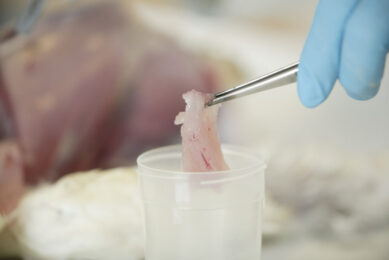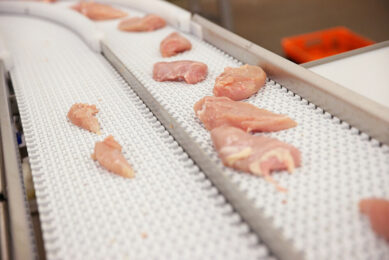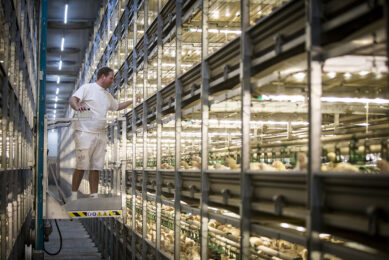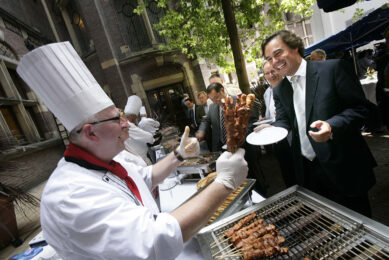EU to become a net importer of poultry meat
The European Union will become a net importer of poultry meat by 2016, with imports surpassing exports by 155,000 metric tonnes in 2020, according to a report by the European Commission on agricultural markets.
Similarly to the situation of 2008, poultry remained the only meat sector with an expanding output in 2009, driven by its relative price-competitiveness and advanced degree of convenience (meeting the preferences of processors, retailers and consumers) compared to other meat products. However, in order to remain competitive in the wake of constrained consumer demand and the relatively low and increasingly competitive pig meat prices, EU broiler market prices declined substantially in the last quarter of 2009.
While production reached slightly below 11.7 mio t in 2009, the annual rate of increase remained marginal at 0.7%. The impact of recession was visible in poultry meat imports that declined below 850 thousand t (by almost -2%) with the product mix displaying a switch from more expensive breast meat to cheaper meat cuts. Despite a cut in the specific EU refund rates, EU poultry meat exports increased by 3% to the level of 940 thousand t in 2009. Domestic consumption appears to have remained fairly stable at slightly below 11.6 mio t.
Poultry meat demand
Demand for poultry meat is projected to recover over the medium term, increasing by almost 10% on aggregate to exceed 12.7 mio t in 2020. Consumption per capita is projected to stand at 24.7 kg in 2020, exceeding the 2009 level by more than 6%. Poultry meat production is depicted to grow by almost 7% on aggregate from 2009 to 2020, reaching 12.5 mio t by the end of the outlook.
Prospects for poultry meat exports are constrained by the assumed strengthening of the euro, leading to a gradual reduction in EU exports to below 740 thousand t in 2020, by -22% on aggregate. EU imports would increase over the outlook by 6% on aggregate and exceed 890 thousand t in 2020. The EU will therefore gradually lose its net exporter status over the outlook, with net imports reaching 155 thousand t in 2020. Beside the stronger euro currency and growing domestic demand, another factor supporting the gradual transformation of the net trade status is the relatively high EU poultry price in the face of firm production costs over the outlook.
Overall, prospects for the EU poultry market remain fairly upbeat despite the gradual reversal in the net trade position. But similarly to the pig meat sector, the poultry production prospects would remain conditional on a strong recovery in EU demand. Animal disease related concerns remain a key uncertainty regarding the outlook for the poultry sector.
View the full report Prospects for agricultural markets and income in the EU 2010-2020













